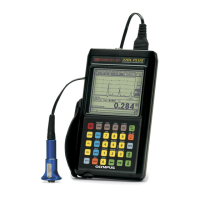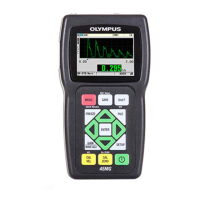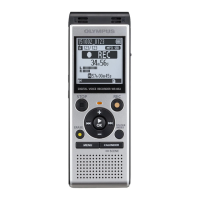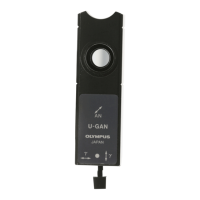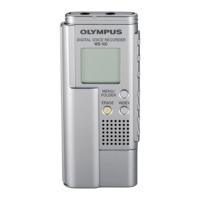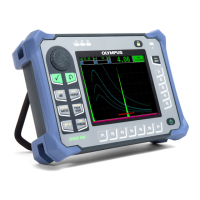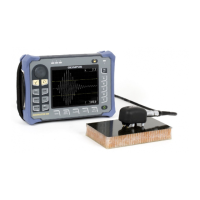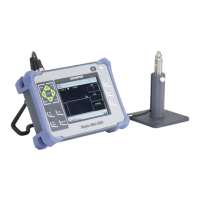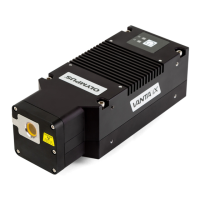DMTA-10004-01EN, Rev. D, November 2016
Chapter 11
174
b) Select the ID FORMAT to determine how letters are incremented after Z:
STANDARD: A, B, C... Z, AA, AB, AC... ZZ.
EPRI: A, B, C... Z, AA, BB, CC... ZZ.
c) In INC 1ST BY, select which parameter increments the first (ROW or
COLUMN).
d) Select CREATE.
Figure 11‑10 Configuring the ID range for a 2‑D grid data file type
The 38DL PLUS has the ability to add a row, add a column, and change the
incrementing direction after a grid file is created (see “Editing a File” on page 186 for
details).
11.2.1.5 2-D Grid with Custom Points Data File Type
The 2-D grid with custom points data file type is similar to the 2-D grid data file type
(see “2-D Grid Data File Type” on page 170), except that you can add custom points.
Custom points to record multiple readings with each grid ID number (see an example
in Table 15 on page 175).

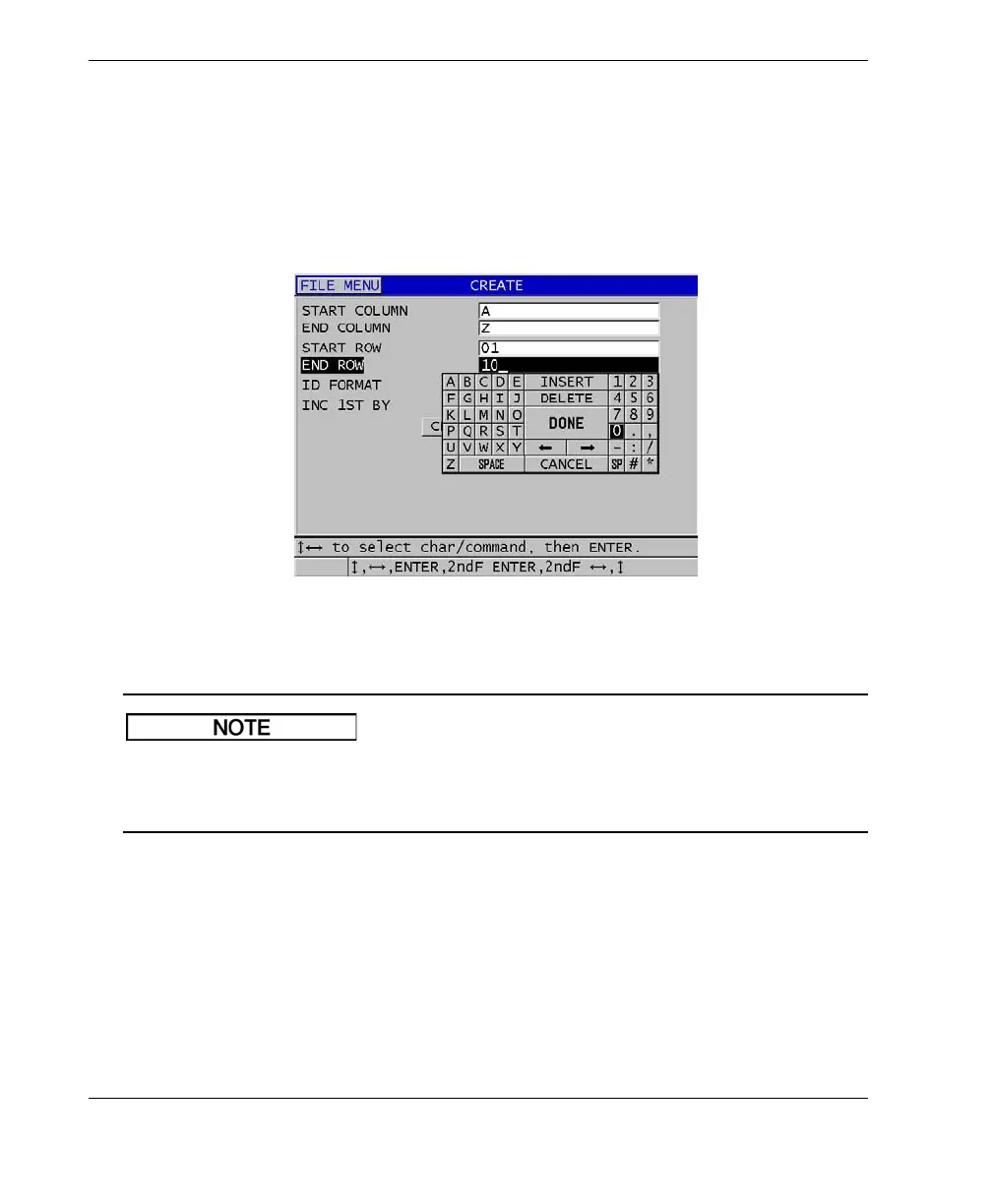